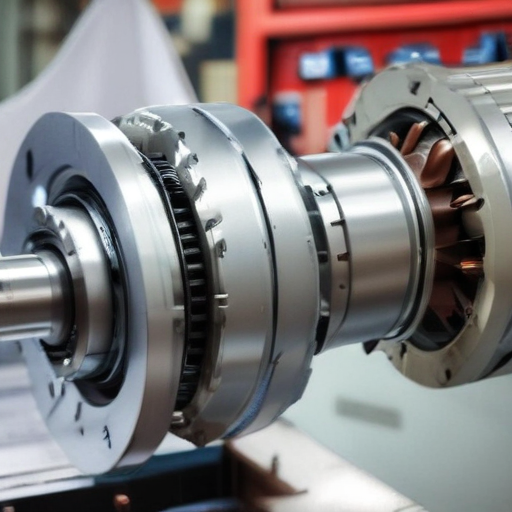Mechanical Automation
Welcome to the world of mechanical automation, where machines take center stage in revolutionizing industries across the United States! From manufacturing plants to logistics warehouses, automation has become a driving force behind increased productivity and efficiency. But what exactly is mechanical automation? How does it impact jobs? And what does the future hold for this remarkable technology? In this blog post, we will explore all these questions and more as we delve into the fascinating realm of mechanical automation in the USA. So fasten your seatbelt and get ready for an exhilarating ride through the wonders of automated machinery!
Mechanical automation in the United States
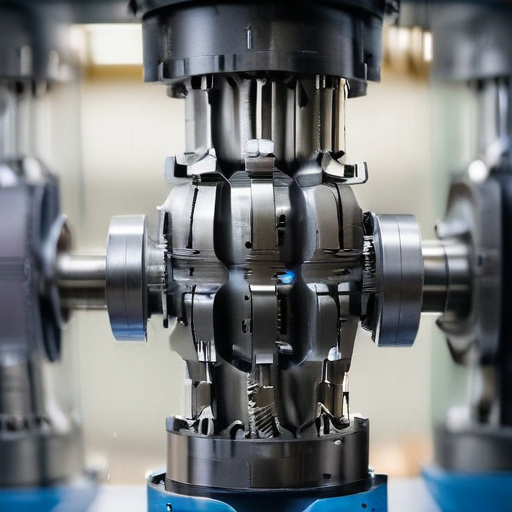
Mechanical automation has become a game-changer in the United States, transforming industries and redefining the way we work. From automotive assembly lines to food processing plants, businesses are embracing this technology to streamline operations and boost productivity.
One of the key reasons why mechanical automation has gained such popularity is its ability to perform tasks with incredible precision and consistency. Machines don’t get tired or make human errors, which leads to higher quality products and increased customer satisfaction.
In addition to improved accuracy, automation also offers significant time savings. With machines taking over repetitive and mundane tasks, employees can focus on more complex and value-added activities that require human expertise. This not only enhances job satisfaction but also allows companies to utilize their workforce more efficiently.
Another advantage of mechanical automation is its potential for cost reduction. While there may be an initial investment required for implementing automated systems, in the long run, it can lead to substantial savings through reduced labor costs, decreased wastage rates, and optimized production processes.
Furthermore, mechanical automation plays a crucial role in ensuring workplace safety. By taking over hazardous tasks that could put workers at risk of injury or accidents, machines contribute to creating a safer working environment for everyone involved.
The impact of mechanical automation extends beyond individual businesses—it has far-reaching implications for the economy as a whole. Increased efficiency translates into higher output levels while maintaining or even reducing overall costs. This can result in enhanced competitiveness on both domestic and international fronts.
As exciting as these advancements are though, there are certain challenges associated with mechanical automation as well. The displacement of jobs is one such concern often voiced by skeptics; however it’s important to remember that new technologies have historically created more opportunities than they’ve replaced.
While some roles may become obsolete due to mechanization, many new positions will emerge requiring specialized skills related to operating and maintaining automated systems. Therefore,it becomes imperative for individuals across various industriesto continuously upskill themselves in order stay relevant amidst the automation revolution.
Automation and its impact on jobs
The rise of automation in the United States has undoubtedly transformed the job landscape. With advancements in technology, many repetitive and labor-intensive tasks that were once performed by humans are now being handled by machines. While this shift towards mechanical automation has brought about increased efficiency and productivity, it has also raised concerns about its impact on jobs.
One of the main effects of automation is the displacement of workers. As machines take over tasks that were traditionally done by humans, there is a growing fear that jobs will be lost. Industries such as manufacturing, transportation, and customer service have already experienced significant changes due to automation. Workers in these sectors may find themselves facing unemployment or having to acquire new skills to adapt to changing job requirements.
However, it’s important to note that while some jobs may be eliminated by automation, new opportunities are also emerging. The implementation of advanced technologies like artificial intelligence (AI) and robotics has created a demand for skilled professionals who can design, operate, and maintain these systems.
Moreover, automation can lead to job enrichment rather than complete replacement. Tasks that are routine and mundane can be automated, allowing employees to focus on more complex and creative aspects of their work. This shift allows individuals to utilize their critical thinking abilities and problem-solving skills effectively.
Additionally, the introduction of automation often leads to increased productivity within industries. By streamlining processes through mechanization, companies can produce goods at a faster rate with fewer errors or defects. This efficiency not only benefits businesses but also contributes positively to economic growth.
While there are advantages associated with mechanical automation in terms of productivity gains and enhanced job roles for workers’, challenges do exist as well.
For instance:
– There is potential for skill gaps among workers who may struggle with adapting to technological changes.
– Certain industries heavily reliant on manual labor might face significant disruptions due
-to workforce reductions.
– Inequitable distribution across different sectors could further exacerbate income inequality.
Automation has undeniably impacted jobs in the United
The future of mechanical automation
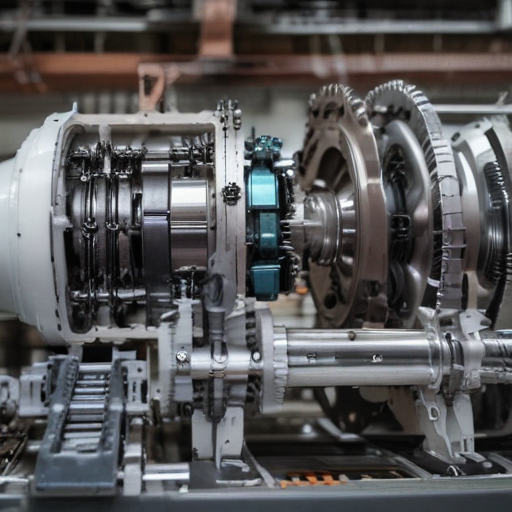
The future of mechanical automation is a topic that sparks both excitement and concern. As technology continues to advance at an unprecedented pace, the possibilities for automation seem limitless. From self-driving cars to robotic assembly lines, the potential applications of mechanical automation are vast.
One area where we can expect to see significant growth in the future is artificial intelligence (AI). AI has already made its way into various industries, but as it becomes more sophisticated, it will play an even larger role in mechanical automation. Machines will be able to learn from data and make autonomous decisions, leading to increased efficiency and productivity.
Another trend that is shaping the future of mechanical automation is collaborative robots or cobots. These robots work alongside humans, assisting them with repetitive tasks and enhancing their capabilities. Cobots have the potential to revolutionize industries such as manufacturing by improving safety, reducing errors, and increasing overall productivity.
Additionally, advancements in sensor technology are opening up new possibilities for automation. Sensors can detect changes in temperature, pressure, or other variables and trigger appropriate actions by machines. This level of responsiveness allows for more precise control over automated processes.
However exciting these developments may be, they also raise concerns about job displacement. It’s no secret that many jobs currently performed by humans could potentially be replaced by machines in the future. This shift towards widespread automation will require us to rethink our approach to education and workforce training.
In conclusion,
the future of mechanical automation holds tremendous promise but also comes with challenges.
By harnessing its power responsibly, we can create a world where humans and machines work together harmoniously, leading to increased efficiency, improved safety, and greater innovation. It’s important that we proactively address the impact on jobs and ensure that those affected have access to retraining opportunities and support during this transition period.
Ultimately, it’s up to us how we shape this technological revolution and use it for the betterment of society
What is mechanical automation?
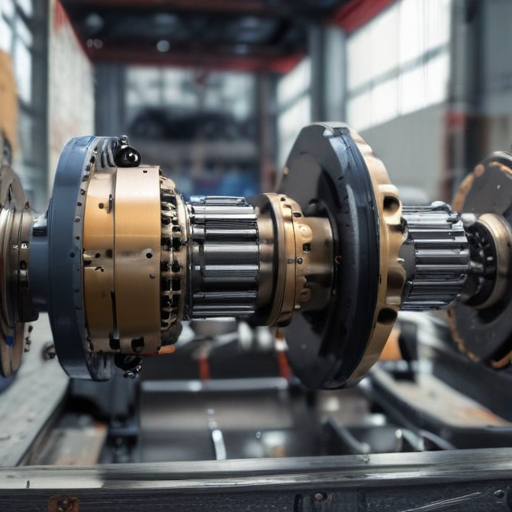
Mechanical automation refers to the use of machinery and technology to perform tasks or processes that were previously carried out by humans. It involves the integration of mechanical systems, sensors, and control devices to automate repetitive or complex tasks.
In simple terms, it is the application of machines and technology to streamline operations, increase efficiency, and reduce human intervention in various industries. By automating manual tasks such as assembly line production or material handling, companies can save time and resources while improving productivity.
With mechanical automation, machines are programmed to execute specific actions with precision and speed. This eliminates errors caused by human fatigue or inconsistency. Additionally, automation allows for increased output as machines can work round-the-clock without breaks.
Various types of mechanical automation exist including robotic arms for manufacturing processes, conveyor belts for material transportation, and automated guided vehicles (AGVs) for logistics operations. These technologies have revolutionized industries such as automotive manufacturing, food processing, packaging, warehousing, and many more.
By implementing mechanical automation systems into their workflows businesses can achieve higher levels of productivity while reducing labor costs significantly
Types of mechanical automation
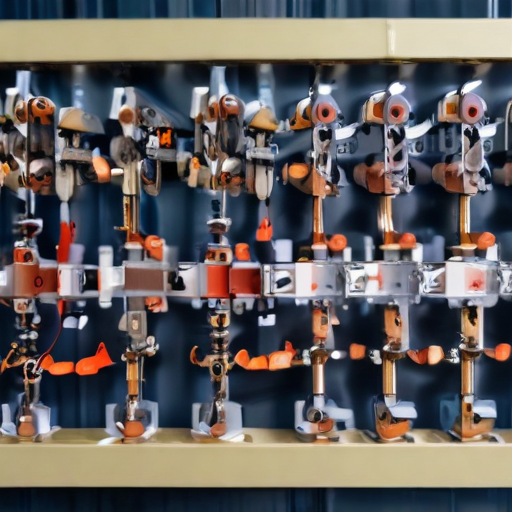
Mechanical automation has revolutionized industries across the United States, streamlining processes and increasing efficiency. There are various types of mechanical automation that cater to different needs and tasks. Let’s explore some of these types:
- Robotic Automation: This type involves the use of robots to perform repetitive or dangerous tasks with precision and speed. These robots can be programmed to handle intricate assembly work, pick and place objects, or even assist in packaging operations.
- Machine Vision Systems: These systems use cameras and sensors to capture images or data from a production line. They analyze this information in real-time, ensuring quality control by detecting defects or inconsistencies in products.
- Conveyor Systems: Conveyors are widely used in manufacturing facilities for material handling purposes. They transport goods between different stages of production seamlessly, reducing manual labor requirements.
- 4. CNC Machines: Computer Numerical Control (CNC) machines automate machining processes like drilling, cutting, milling, and turning using pre-programmed instructions. These machines provide high accuracy levels while minimizing human error.
- Automated Guided Vehicles (AGVs): AGVs are self-driving vehicles that navigate through factories autonomously, transporting materials or finished products efficiently within a facility.
Each type of mechanical automation offers unique advantages based on its application area and industry requirements.
Advantages of mechanical automation
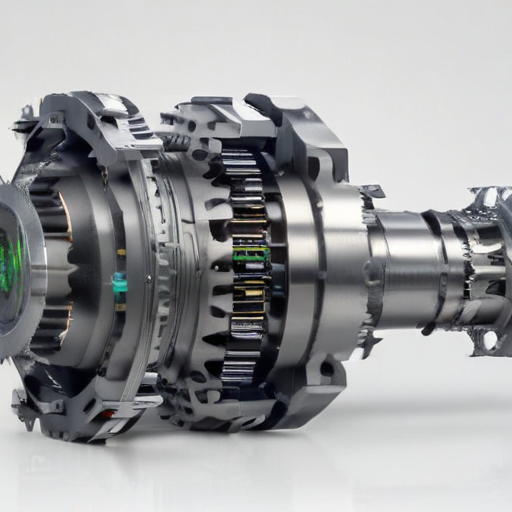
Mechanical automation has revolutionized industries across the United States, offering numerous advantages that enhance efficiency, productivity, and profitability. One key advantage is increased production speed. With automated machines and processes in place, tasks that once took hours or even days can now be completed in a fraction of the time. This not only allows businesses to meet customer demands more quickly but also enables them to take on larger projects and scale their operations.
Another significant advantage is improved precision and accuracy. Automated systems are programmed to perform tasks with consistent precision, reducing human error significantly. This level of accuracy ensures high-quality outputs and eliminates costly mistakes that could impact product quality or compromise safety standards.
Furthermore, mechanical automation enhances worker safety by removing workers from potentially hazardous environments. Dangerous tasks like heavy lifting or exposure to harmful substances can be performed by machines instead, minimizing the risk of accidents or injuries.
Additionally, automation reduces labor costs over time as fewer workers are required for repetitive manual tasks. By automating these processes, businesses can reallocate labor resources into higher-skilled roles that require critical thinking and problem-solving abilities.
Moreover, mechanical automation enables continuous operation without interruptions due to fatigue or breaks needed by human operators. Machines do not experience fatigue like humans do; they can work round-the-clock without compromising performance levels.
Through data collection and analysis capabilities integrated into automated systems , companies gain valuable insights into operational efficiencies which help optimize processes further for improved outcomes.
In conclusion,
Mechanical automation offers undeniable advantages in terms of increased production speed, improved precision and accuracy, enhanced worker safety, reduced labor costs, continuous operation capability, and valuable data analysis insights. These benefits contribute to creating a more efficient workflow while enabling businesses in the United States to remain competitive in an ever-evolving market landscape
Disadvantages of mechanical automation
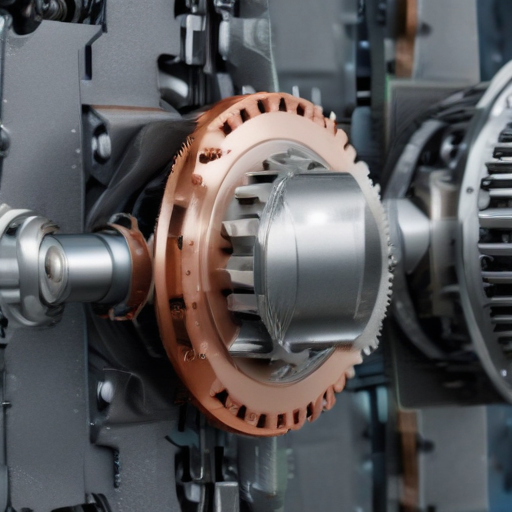
While mechanical automation has undoubtedly revolutionized industries and increased productivity, it also comes with its fair share of disadvantages. One significant disadvantage is the expected loss of occupations. As machines take over repetitive tasks that were once performed by humans, there is a real concern about job displacement and unemployment.
Additionally, the initial cost of implementing mechanical automation can be quite high. Companies need to invest in machinery, software, and training programs for employees to operate and maintain these systems. This financial burden may deter smaller businesses from embracing automation, limiting their ability to compete in the market.
Another challenge lies in the complexity of operating and maintaining automated systems. Skilled technicians are required to troubleshoot issues that arise and ensure smooth functioning. Without proper training or expertise, companies may face downtime or reduced efficiency due to equipment malfunctions or breakdowns.
Furthermore, reliance on mechanical automation leaves businesses vulnerable to technological failures or disruptions. Power outages or system errors could bring production lines grinding to a halt, resulting in significant losses for companies who rely heavily on automated processes.
There are ethical considerations surrounding widespread adoption of mechanical automation. The replacement of human workers with machines raises questions about income inequality and social implications for those whose livelihoods depend on manual labor.
In conclusion,
While mechanical automation brings numerous benefits such as increased efficiency and precision in manufacturing processes,
it’s crucial for businesses and policymakers alike to carefully consider both the advantages and disadvantages associated with this technology.
Balancing economic growth with societal impact will play a key role in shaping the future landscape of mechanization
Conclusion
In this rapidly evolving world, mechanical automation has become an integral part of the United States’ manufacturing industry. With its ability to streamline processes, increase efficiency, and improve productivity, it is clear that automation is here to stay.
However, while there are undeniable advantages to implementing mechanical automation in various industries, we must also acknowledge its potential disadvantages. Job displacement and the need for upskilling or reskilling workers are challenges that we must address as we move forward with automation.
The future of mechanical automation holds great promise. We can expect even greater advancements in technology and robotics that will further revolutionize the way things are done. It is crucial for businesses and individuals alike to adapt and embrace these changes if they want to remain competitive in a rapidly changing landscape.
As we continue on this path towards increased mechanization, it’s important not to lose sight of the human element. While machines may take over certain tasks, there will always be a need for creative problem-solving skills and critical thinking abilities that only humans possess.
Finding a balance between embracing mechanical automation while still valuing human skillsets will be key in creating a prosperous future where both man and machine can thrive together. By harnessing the power of technology while prioritizing investment in education and training programs, we can ensure that our workforce remains resilient in the face of change.
So let us welcome the era of mechanical automation with open arms but also with careful consideration for its impact on jobs and society as a whole. With proper planning, collaboration between industries and government entities, as well as ongoing support for workers affected by technological shifts, we can navigate this new frontier successfully.
Mechanical automation is not just about replacing humans; it’s about enhancing our capabilities so that we can achieve more than ever before. Let us seize this opportunity to shape our future responsibly – one where innovation meets compassion – ushering in an era where technology works hand-in-hand with humanity towards a brighter tomorrow.

